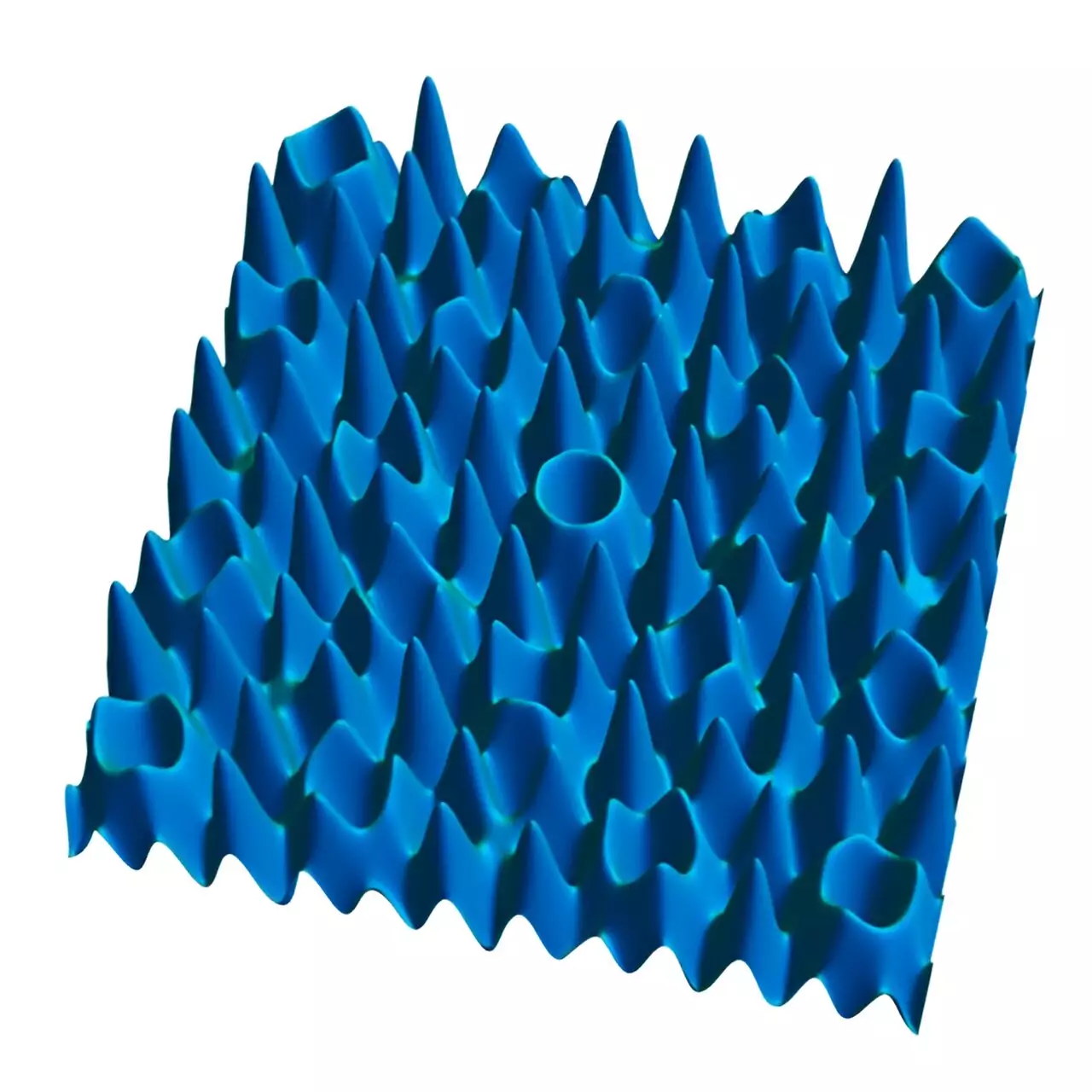Recent groundbreaking research conducted by physicists at the prestigious Cavendish Laboratory in Cambridge has led to the creation of the first two-dimensional (2D) Bose glass. This unique phase of matter poses significant challenges to the established principles of statistical mechanics, marking a pivotal moment in the field. The results of this fascinating study were published in the renowned journal Nature, sparking both intrigue and debate within the scientific community.
The nomenclature of the Bose glass hints at its intriguing characteristics: it possesses a glass-like structure where all particles are localized. In this unusual state, particles associate closely with themselves, leading to a fascinating situation akin to stirring milk into coffee while retaining the intricate stripes of black and white instead of allowing these patterns to blend away into homogeneity. Such properties can ignite discussions about the fusion of different states of matter and their implications for our understanding of physical systems.
To synthesize this novel phase, the research team employed a technique that involved overlapping multiple laser beams to craft a quasiperiodic pattern. This method resulted in a structured formation that, while exhibiting long-range order reminiscent of a conventional crystal, deviates from periodicity—akin to the non-repetitive nature of Penrose tiling. When the resultant configuration was infused with ultracold atoms, meticulously cooled to nearly absolute zero, the phenomenon of the Bose glass emerged.
The significance of this discovery goes beyond mere classification; it opens new avenues for understanding fundamental principles in quantum mechanics. According to Professor Ulrich Schneider, a leading figure in the study, localization within this system can pave the way for advancements in quantum computing, as it promises to preserve quantum information for extended periods. This characteristic offers vital solutions to the often-discussed issue of decoherence, where stored information is at risk of leaking into the environment.
Traditionally, statistical mechanics has relied heavily on the concept of ergodicity—the notion that, given enough time, a system will forget its initial conditions and settle into a thermal equilibrium. However, the Bose glass defies this notion by maintaining its details, thus presenting a complex challenge for physicists aiming to model its behavior accurately. This non-ergodic property suggests that understanding the finer details of the system is crucial for accurately predicting its dynamics.
Dr. Jr-Chiun Yu, the first author of the study, emphasizes the potential of many-body localization as a fascinating feature that could transform our approach to quantum systems. In this context, realizing a material that exhibits many-body localization represents a long-term research aspiration that could significantly enhance quantum computing technologies. The implications are vast, including the potential for more resilient quantum information storage, which is critical in developing scalable quantum computers.
In a remarkable finding within their experiments, the researchers observed a clear phase transition between the Bose glass and a superfluid state. This transition is analogous to the melting of ice, highlighting the dynamic interplay between different phases of matter. In a superfluid state, particles can move through the medium without encountering friction, a property that possesses profound implications for both theoretical and applied physics.
Understanding how these two states interact enhances the conceptual framework built around the Bose-Hubbard model, which serves as a foundational principle for the study of bosonic particles in disordered environments. Bose glasses and superfluids serve as distinct states of matter, akin to the relationship between ice and its liquid counterpart, and studying their coexistence can yield valuable insights into the thermodynamics of quantum systems.
Despite the enthusiastic notes surrounding the study’s findings, Professor Schneider wisely addresses the need for caution as the scientific community begins to explore the practical applications of the Bose glass. Numerous complexities still surround this unique phase; understanding its thermodynamic and dynamic properties is imperative before attempting to harness its potential. The excitement surrounding the new aspects of quantum mechanics that this research unveils should be tempered with diligent examination and thorough investigation.
Emerging discoveries like the 2D Bose glass demonstrate the uncharted territories of quantum physics. With each step forward, researchers inch closer to tapping the immense possibilities within quantum computation and materials science, while simultaneously navigating the intricacies and nuances that arise from their findings. As physicists delve deeper into the mysteries of the Bose glass, we collectively stand on the brink of what may reveal not only the fundamental nature of matter but also the key to future technological advances.

